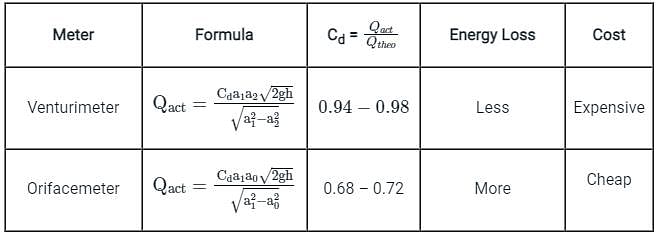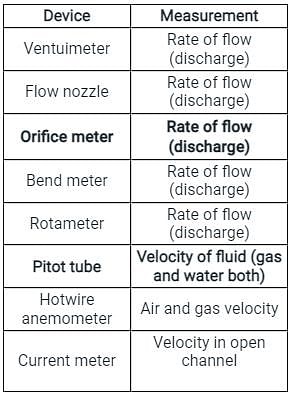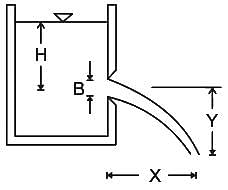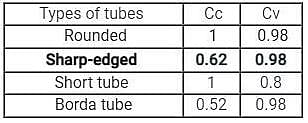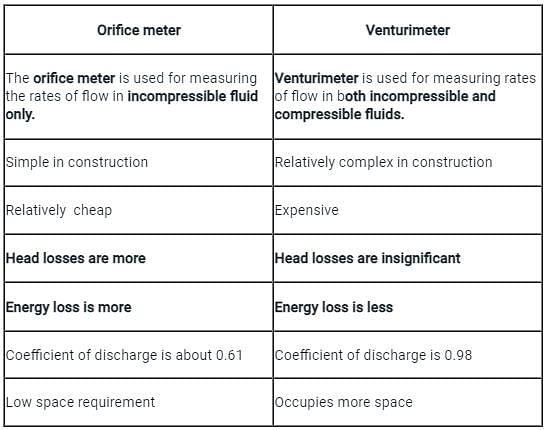Test: Orificemeter - Civil Engineering (CE) MCQ
10 Questions MCQ Test Fluid Mechanics for Civil Engineering - Test: Orificemeter
Orifice meters have ______ head loss as compared to venturimeters.
For orifice meters with sharp edges, the coefficient of velocity is ______
The value of the coefficient of velocity for sharp edged orifices, is
Two small circular orifice of diameters d1 and d2, respectively, are placed on the side of a tank at depths of 25 cm and 1 m below a consistently maintained surface of water. If the discharges through the orifices are the same, what is the ratio of the diameter d1 to d2
If a fluid jet discharging from a 50 mm diameter orifice has a 40 mm diameter at its vena-contracta then its coefficient of contraction will be
Coefficient of discharge (Cd) in the orifice meter usually ranges between:
The coefficient of discharge for an orifice meter is in the range
A fluid flows through an orifice of an area 0.4 m2 with an actual discharge of 400 l/s. If the theoretical velocity of flow through the orifice is 2 m/s, what is the coefficient of discharge?
|
54 videos|94 docs|110 tests
|


